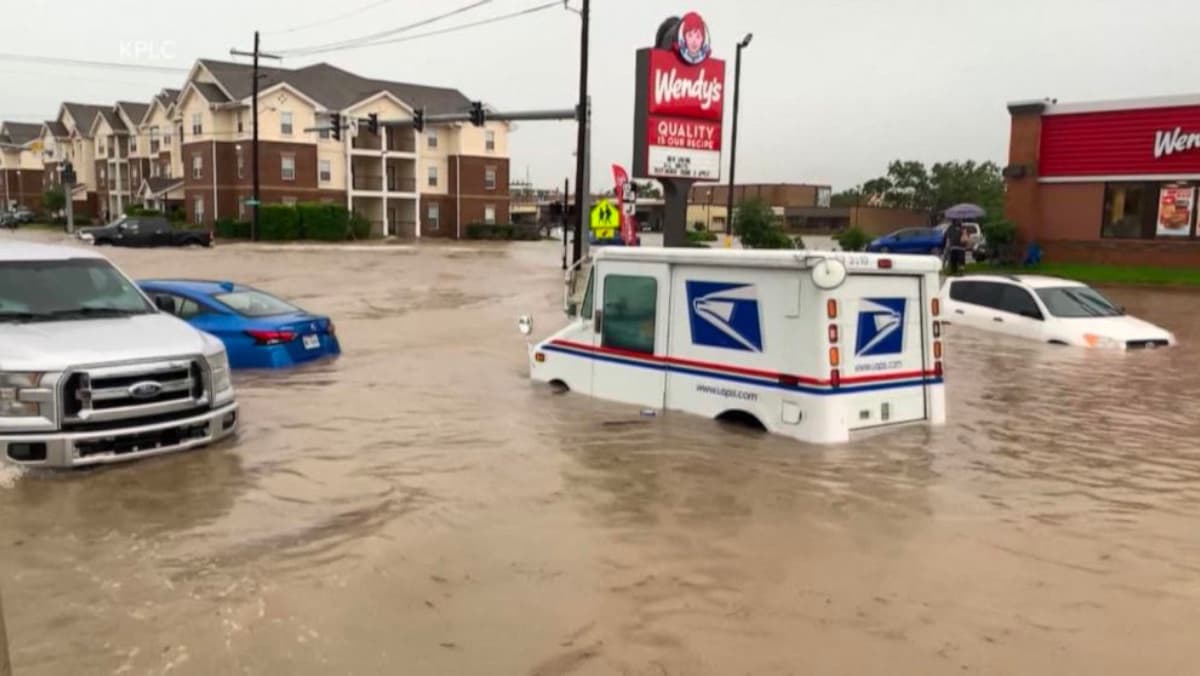We are seeing dire consequences of climate change. Floods and bad weather that devastate countries and areas that have no memory of these events. However, other phenomena could bring to Earth meteorological events and other problems on the coastlines. According to a new study, an “oscillation” in the Moon’s orbit could result in record floods in the 2030s.
In various parts of the world, coastal areas may experience an increase in the water level that will flood what are now habitable areas.
Climate change and rising floods
Climate change has already increased the frequency and severity of hurricanes and other extreme weather events around the world. However, there is a smaller and less blatant threat on the horizon that can wreak havoc on the waterfronts of many countries.
Recently, a new NASA-led study warned that these floods could become more and more frequent in the United States as early as the 2030s. According to the investigation, much of the US coast will experience three to four times as many flood days a year for at least a decade.
High tide floods, also called “nuisance floods”, occur in coastal areas when the tides reach about 0.6 meters above the average daily high tide and begin to flood the streets or leak through the gutters. True to their nickname, these floods are more of a nuisance than a total calamity, flooding streets and homes, forcing businesses to close down, as well as various health problems.
According to the National Oceanic and Atmospheric Administration (NOAA), in the US they were accounted for more than 600 of these floods in 2019. However, in this new NASA-led study, the results warned that flooding will become a much more frequent occurrence in the country by the 2030s.
Global mean sea level has risen about 21 to 24 centimeters since 1880
The study, published June 21 in the journal Nature Climate Change, warns that these extra flood days will not be evenly distributed throughout the year, but will likely clump together over just a few months; coastal areas that now face just two or three floods a month could soon face a dozen or more.
It is the effect accumulated over time that will have an impact. If it floods 10 or 15 times a month, a company cannot continue to operate with its parking underwater. People lose their jobs because they can't get to work. Pits could become a public health problem.
Referred to Phil Thompson, assistant professor at the University of Hawaii, in a statement.
On the one hand, there is a rise in sea level. As global warming warms the atmosphere, glacial ice melts at a record rate. This effect dumps huge amounts of molten water into the ocean. As a result, the global mean sea level has risen about 21 to 24 centimeters since 1880, with about a third of that occurring in just the past 25 years, according to NOAA.
By the year 2100, sea levels could rise from 0.3m to 2.5m above where they were in 2000, depending on how humans manage to restrict and control greenhouse gas emissions in the coming decades.
The Moon is also "guilty"
While rising sea levels alone will increase the frequency of flooding at high tide, they will have little help from the cosmos, specifically the Moon.
The moon influences the tides, but the attraction power of our natural satellite is not the same from year to year. That is, the Moon has an "oscillation" in its orbit, slightly altering its position relative to Earth in a rhythmic cycle of 18.6 years. During the middle of the cycle, the astro suppresses the tides on Earth, resulting in lower high tides and higher low tides.
For the other half of the cycle, the tides will be amplified, with higher high tides and lower low tides, according to NASA.
We are currently in the tide amplification part of the cycle. So the next cycle of tidal amplification starts in the mid-2030s. By then, global sea level will have risen enough to make those higher-than-normal high tides particularly problematic.
Read too:
-




